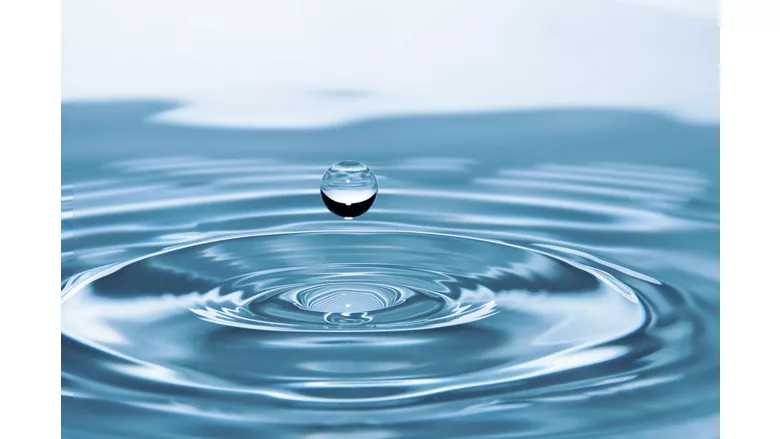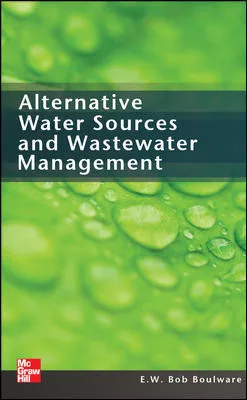Legislation incentivizing water conservation introduced

Congressman Jerry McNerney (CA-09) and U.S. Sen. Alex Padilla (D-Calif.) introduced the "Water Efficiency, Conservation, and Sustainability Act of 2022," bicameral legislation to incentivize water-efficiency upgrades and to establish programs to identify and repair leaks, especially in areas experiencing severe drought and in low-income communities.
The Environmental Protection Agency (EPA) estimates that the installation of water-efficient fixtures and appliances can reduce water use by 20%, and new research has shown that leak-reduction in water systems is the most cost-effective urban water management tool, yet federal spending on energy efficiency and renewable energy has outpaced spending on water efficiency and reuse by approximately 80 to 1 since 2000. Meanwhile, U.S. household leaks waste nearly 1 trillion gallons of water annually, and in California, despite intensifying drought conditions and increased calls for conservation, urban water use increased 19% in March — underscoring the need for solutions that will incorporate efficiency and conservation into households and water systems to in order to achieve sustained results.
“By improving water efficiency, consumers will benefit from a more robust water supply and lower water bills,” said McNerney. “In addition to increasing our water conservation efforts, this legislation will reduce energy consumption as water and energy are intrinsically related: energy is required to move, treat, and heat water for safe use. At a time when California and Western states are experiencing a prolonged and devastating drought and rising energy costs are impacting people throughout the nation, this bill tackles two escalating challenges by providing common-sense solutions to reduce water and energy waste.”
“Water efficiency and conservation measures are among the fastest and least expensive ways to save water, lower water bills, and bolster a drought-resilient water supply,” said Padilla. “During this historic mega-drought for California and for the entire southwestern United States, we must work to modernize our water infrastructure and make it more efficient — we all have a stake in this fight.”
“With reliable, affordable water supplies increasingly at risk because of droughts, population growth, and aging infrastructure, there is an urgent need for the federal government to increase its investment in water efficiency and conservation,” said Ron Burke, CEO of the Alliance for Water Efficiency. “Water efficiency and conservation are typically the fastest and least expensive ways to save water while also fighting climate change and lowering water bills. These problems are not limited to the west. 34 states are currently impacted by drought, and the cost to deliver water is rising rapidly in most communities compared to other consumer expenses; climate change and population growth will only exacerbate these problems.”
“This unprecedented drought is a reminder that we cannot lose a single drop of water to waste or inefficiency,” said Adel Hagekhalil, general manager for the Metropolitan Water District of Southern California. “As our water supplies are increasingly stressed by climate change, every drop saved is a drop we need. This bill authorizes funding to repair leaky pipes and help consumers upgrade to water-efficient appliances. These new EPA programs will save water and create jobs. Now is the time to address the needless loss of water.”
“Our changing climate has placed a bullseye on the reliability of our drinking water supplies,” said Ed Osann, senior policy analyst with the Natural Resources Defense Council (NRDC). “The Water Efficiency, Conservation, and Sustainability Act supports collaboration between drinking water utilities and customers to apply proven strategies that will save water and money and sets aside funds for disadvantaged communities whose water needs are regularly overlooked. Federal support for water efficiency is long overdue, and we commend Rep. McNerney and Senator Padilla for leading this effort.”
In a letter of support by Contra Costa Water District, the district applauded the bill's efforts, stating: “The District is encouraged to see legislation focused on options to address water use inefficiencies and losses in public water systems. The District supports the program's outline… As we experience prolonged drought conditions, the District appreciates legislators continuing to move forward on legislation advancing water use efficiency efforts.”
The "Water Efficiency, Conservation, and Sustainability Act of 2022" would establish three new EPA grant programs and authorize each at $20-25 million annually, for five years. The programs include the:
Water Efficiency and Conservation Grant Program:
- Authorizes $25 million per year for grants to entities (state, local, tribal governments, as well as water and energy utilities and nonprofits) that carry out water efficiency programs for purchase, installation or use of efficient fixtures, appliances and landscaping;
- Directs 50% of grants to entities that experienced drought conditions designated as D2 (severe drought), or were under a Governor-declared drought emergency, within 3 years preceding grant award; and
- Requires at least 40% percent of funds to go towards low-income households and disadvantaged communities, aligned with President Biden’s Justice40 initiative.
Sustainable Water Loss Control Program:
- Authorizes $20 million per year for grants and technical assistance to public water systems to conduct an annual audit and establish a water loss control program. California already requires urban water suppliers to submit annual water loss audits as of 2017.
Grants for Water Efficient Plumbing Code Adoption:
- Authorizes $20 million per year for grants to States, Tribal governments, and units of local government with authority to adopt plumbing codes that meet or exceed U.S. and international water use efficiency standards.
The "Water Efficiency, Conservation, and Sustainability Act of 2022" is endorsed by the NRDC, IAPMO, the Association of California Water Agencies, Association of Metropolitan Water Agencies and the Alliance for Water Efficiency.
For a one-pager of the bill, click here.
For full text of the bill, click here.
Looking for a reprint of this article?
From high-res PDFs to custom plaques, order your copy today!





